Bionic Games: Robert Riener, the creator of Cybathlon, on the remarkable event involving disabled athletes
Shortly after the world had been treated to an amazing Paralympics in Rio, another remarkable event involving disabled athletes took place in Switzerland. Tom Walker speaks to Robert Riener, the creator of Cybathlon
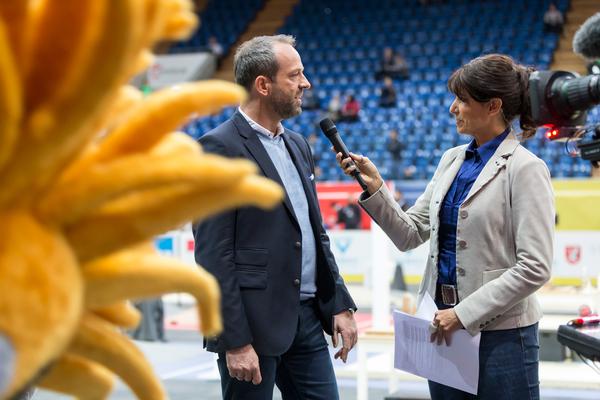
Last month, 65 teams from across the world – armed with robotic exoskeletons, electronic prostheses, powered wheelchairs and other assistive technology – arrived in Zurich, Switzerland, to take part in the world's first Cybathlon. Organised by the Swiss Federal Institute of Technology (ETH Zurich), the event was dubbed the first “bionic Olympics”.
The competition saw severely disabled “pilots” compete in different races using the latest in robotics and prosthesis innovation. In total, competitors took part in six different disciplines, ranging from a powered exoskeleton race to a brain computer interface (BCI) race, in which pilots used brain signals to control avatars in a specially developed computer game.
As well as a fierce competition – pitting some of the world’s leading universities and research institutions against each other – the aim of Cybathlon was to highlight how people with physical disabilities can be helped by tech aids in their everyday activities and what the future of assistive technology could look like.
FEEL THE TECH
Unlike the Paralympics, where athletes are prohibited from using any powered aids, Cybathlon puts the technology at the centre of the competition.
The event is the brainchild of Robert Riener, a professor of rehabilitation robotics at ETH Zurich and the Spinal Cord Injury Center of the Balgrist University Hospital. With a background in mechanical engineering – mixed with a patient-facing role in medicine – he’s been involved in both the development of the technologies and the finding of applications for them in patients’ lives.
Riener says the motivation for organising an event which would highlight the role of technology the lives of disabled people came to him after reading a newspaper article on a revolutionary piece of bionic equipment.
“I first had the idea in 2012, when I saw a guy run up the 103 floors of the Willis tower in Chicago using a prosthetic leg he controlled with his brain,” Riener says. “Through my own work, I knew people with conventional knee prostheses have difficulties even walking up stairs, so what this new tech was able to do was amazing.
“That prosthetic was a prototype and the runner did the climb as part of a charity race but it became a big media event and it received a lot of coverage across the world.
“At the time I was growing frustrated at the deficiencies in the prosthetics technology we could offer patients with missing limbs, so reading an article about a guy running up stairs – showcasing something which could revolutionise assistive device industry and perhaps people’s lives – gave me an idea to set up a competition which would do the same and could encourage even more innovation.”
CONSULTING MISSION
Due to his role as an active academic at ETH Zurich, Riener was able to rely on a large research network and bounce his ideas for a competition off academics and experts in the technology fields he was planning to include in Cybathlon – such as prosthetics, wheelchair design and brain signal studies.
“I formed small experts groups in the six disciplines I planned to include,” he says. “The overall reaction to the concept was overwhelmingly positive from the beginning.
“Having the network of experts helped me to fine tune the concept – to make sure we included the right disciplines and kept the tasks relevant but competitive.”
Riener also consulted those he hoped would benefit the most from the competition – people with disabilities. “When planning the tasks and competition formats, we spoke to disability groups and following their feedback we decided that we wanted to make the Cybathlon races relevant to daily life activities – such as cutting bread, opening a jam jar or carrying a box upstairs,” he says.
“While we wanted an event with a competitive edge – and one which showed what technology was capable of – we wanted the ‘races’ to relate to issues which disabled people struggle with every day.”
Riener smiles and adds that a decision was also made to allow a certain form of ‘cheating’. “We learned from consultations with people with prostheses that they have to learn ‘tricks’ to get around issues they face in everyday life,” he reveals. ”The most simple one would be using their healthy arm – or another body part – for a task with their prosthetic arm. As we wanted to make Cybathlon as relevant as we could, we decided to allow any ‘tricks’ people had come up with.”
RACE DAY
The two-day competition attracted 65 teams to Zurich and the entrants were a mixture of commercial tech companies, universities and other research-based institutions. Held at the Swiss Arena – the home of the EHC Kloten ice hockey team – the event was sold out and attracted more than 4,000 paying spectators. It was broadcast live in its entirety on a number of German-speaking TV channels.
While some of the technology used by teams at Cybathlon is currently commercially available, the vast majority of the equipment used in the races was making its debut in public. According to Riener, some of the tech on show at Cybathlon has the potential to become pioneering in its field.
He mentions a team from the Chalmers University of Technology (CUT) in Sweden, which used a prosthetic device implanted into the bone of the pilot, with 12 channels of muscle electrodes fixed into the stump of the upper arm. The electrodes allow the device to detect motion intention and transfer these to the robotic hand, from where it can be controlled by the pilot.
“It’s a novel kind of motion intention detection, which still needs to be improved, but it has great potential,” he says. “Furthermore, the osseointegration into the bone provides a better connection and guidance of the artificial limb, and it prevents the usual problems of socket-stump connection – such as pain, sweating, movement and loosening.”
Developing new technologies such as the one showcased by CUT is not cheap and the level of investment made by the teams in taking part in Cybathlon has been impressive. Imperial College London, for example, sent five teams to Zurich, along with three scientists and more than 20 members of staff who had helped train the pilots over the past two years.
Imperial wasn’t the only one to invest heavily either – Riener says many of the universities spent more than £250,000 on developing their technology and taking part.
ATHLETIC ACHIEVEMENTS
A seven strong team from the University of Essex took part in the BCI Race.
Led by PhD student Ana Matran-Fernande and piloted by David Rose – paralysed from the shoulders down in a diving accident 29 years ago – the BrainStormers team was set up exclusively for Cybathlon. “We have a brain/computer interface group at the university and it’s not the first time members of the lab have participated in a project together,” says Matran-Fernandez. “Having said that, we’ve never been involved with something as big as this before.”
She adds that the motivation to take part came from Cybathlon’s ultimate aim – to showcase and encourage new technologies which could help disabled people in their everyday lives. “I read about Cybathlon on Twitter and suggested our BCI group should take part in the competition,” she says.
“I believe in the objectives of Cybathlon: to raise awareness of BCI and other technologies in the general public – but also among those who need them,” she said.
BrainStormers finished third in the BCI race, bringing home one of the coveted medals. While Matran-Fernandez was delighted by the “on-the-field” success, the true satisfaction, she says, came from witnessing the transformative effect technology can have on people’s lives.
“Seeing them overcome their difficulties with technology was incredible. People who’ve been wheelchair-bound for years can now stand up and walk thanks to exoskeletons. I hope researchers and manufacturers realise what is needed and start making assistive technologies that are useful and affordable.
NEXT STEPS
Riener says the success of Cybathlon’s means that the first edition will not be the last. There are already talks underway to repeat the event “in around four years’ time”. Plans are also underway to have regional or national Cybathlons before that.
“We’ve already had enquiries from Imperial College London and other institutions in Dubai and Japan about them hosting their own Cybathlons,” Riener says. “The decision over how exactly where and when we will host future Cybathlons will be made later this year, but I can say for certain that we will have another, large-scale event similar to the one we just had in the next four years.
“For the next we are aiming for more teams, more pilots, more disciplines, more audience and we’re looking to extend it from a weekend to a week-long event. But whatever the format will be, it is crucial that we keep the core idea of Cybathlon intact – to promote the development of assistive products and to reduce the barriers between people with disabilities, product developers and the general public.”
Organiser: Swiss Federal Institute of Technology (ETH Zurich)
Event location: Swiss Arena, Kloten
Competing teams: Majority of teams were research labs from universities, around 25 per cent of teams represented technology companies.
Functional electrical stimulation bike race
Pilot: People with complete paraplegia
Race: Pilots pedal by artificially stimulating the motor nerves to initiate muscle contraction.
Technology: Functional electrical stimulation (FES) allows paralysed muscles to move again. By placing electrodes on the skin or implanting them, currents are applied to the muscles, making them contract. A person whose nerves from the brain to the leg muscles are disconnected due to a spinal cord injury (SCI) can use an intelligent control device to initiate a movement – such as stepping on a bike pedal.
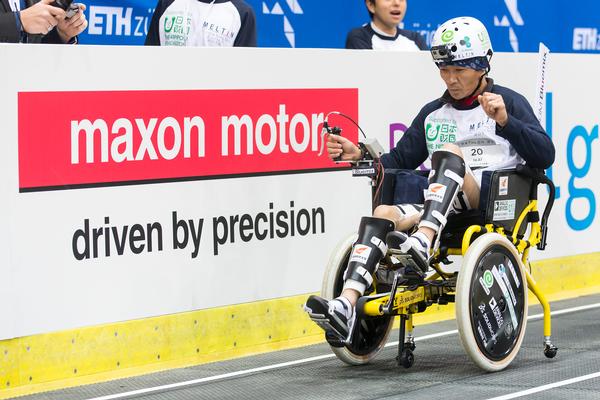
Powered arm prosthesis race
Pilot: People with one or both arms amputated at or above the elbow
Race: Using powered arm prostheses, pilots complete a number of everyday tasks, such as cutting bread and opening cans.
Technology: The latest arm prostheses are able to transfer the intended motion automatically from the user to the prosthesis – and can even transmit a sense of touch when handling objects.
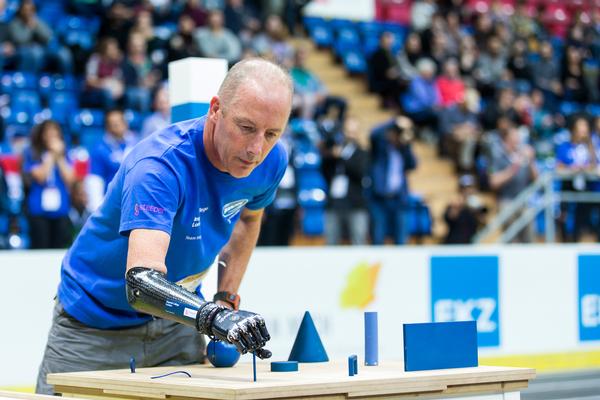
Brain-computer interface (BCI) race
Pilot: People with complete or severe loss of motor function (ie paralysis) at the neck level due to a spinal cord injury, stroke, neurological disease, or another trauma.
Race: Pilots use brain signals to control avatars in a specially developed computer game.
Technology: The latest brain-computer interfaces can, quite literally, read your mind. Electroencephalography (EEG) is used to detect brain signals, which are then translated into actions. There are plans to develop this technology further so that in future it will allow people with quadriplegia to control different kinds of devices such as computers, robotic arms, and wheelchairs.
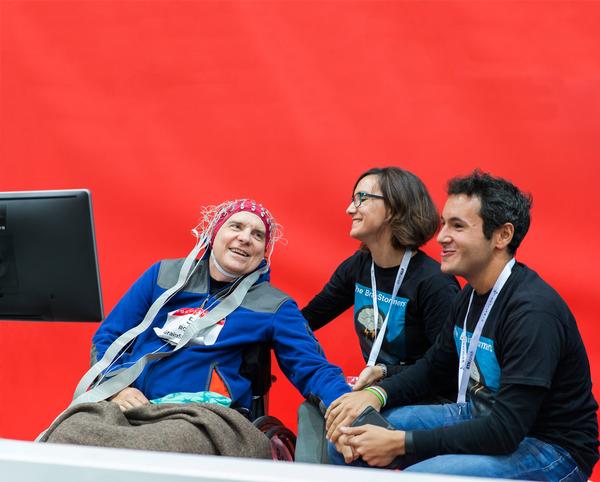
Powered Exoskeleton Race
Pilot: People with complete paraplegia
Race: Using an exoskeleton, pilots negotiate an obstacle course consisting of typical everyday tasks such as climbing stairs or sitting down on a chair.
Technology: Exoskeletons are wearable, motorised supports (orthoses) which allow, for example, people with paraplegia to walk again. The use of these devices is still rare; they are currently mainly used for physiotherapy in hospitals. Exoskeletons increase the patients’ mobility, which consequently improves their overall health.
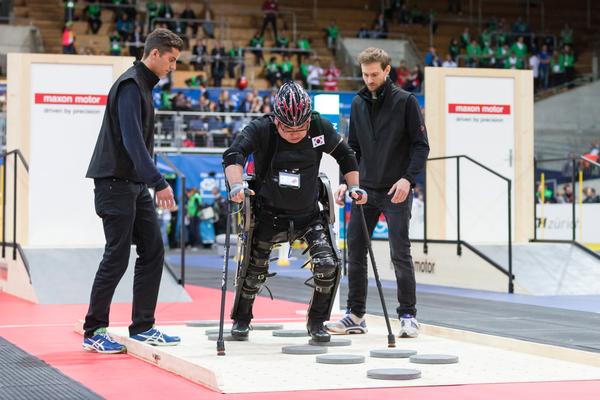
Powered Leg Prosthesis Race
Pilot: People with above-knee amputations, including through-knee amputations.
Race: Pilots had to solve six tasks, ranging from climbing stairs to walking on an incline.
Technology: A new generation of prostheses – some of which are powered by motors and described as “active” – are set to replace heavy and cumbersome “passive” ones and can be controlled accurately thanks to innovative technologies.
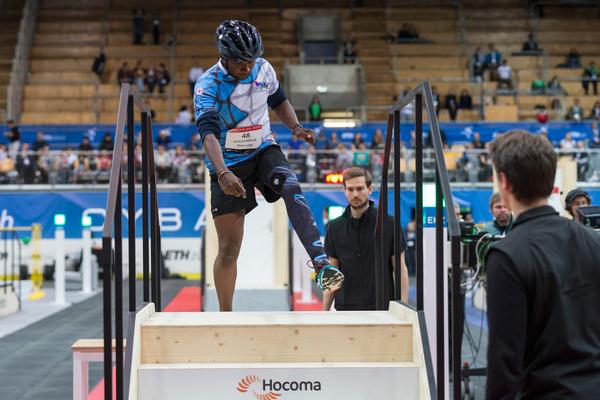

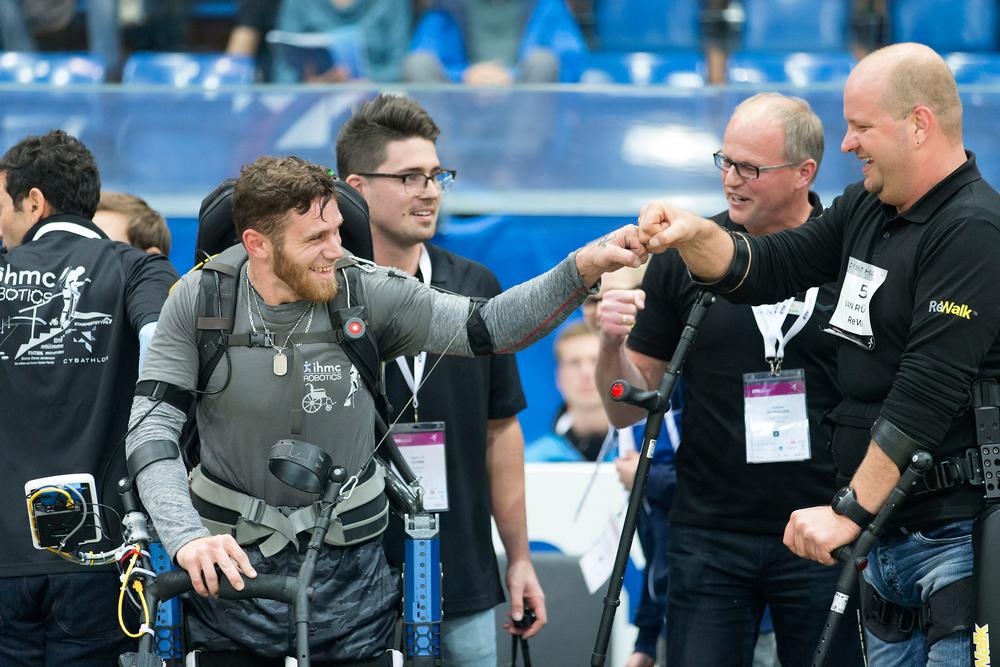

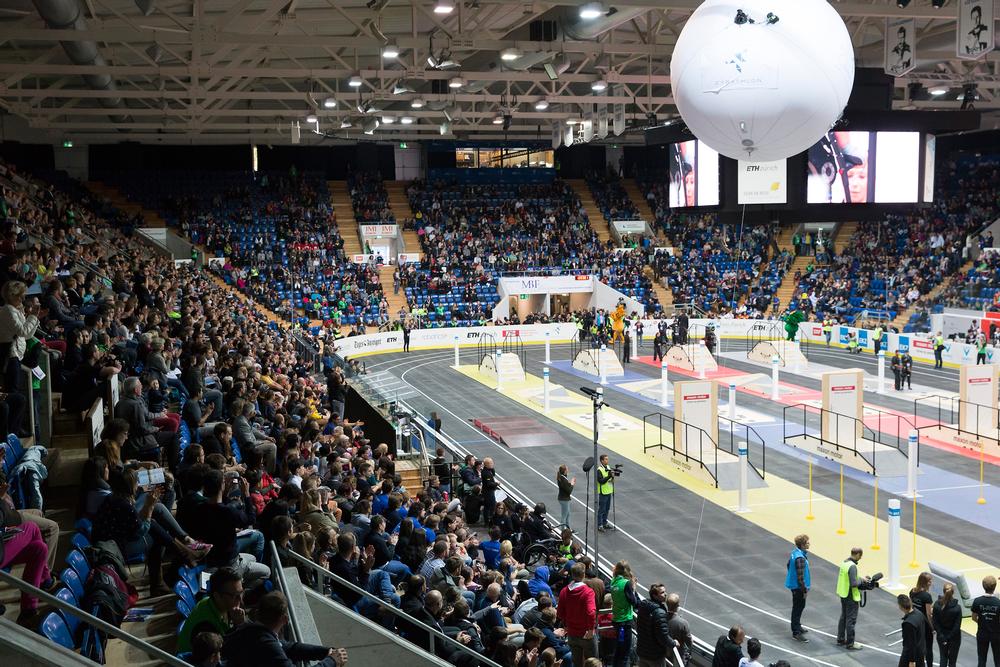
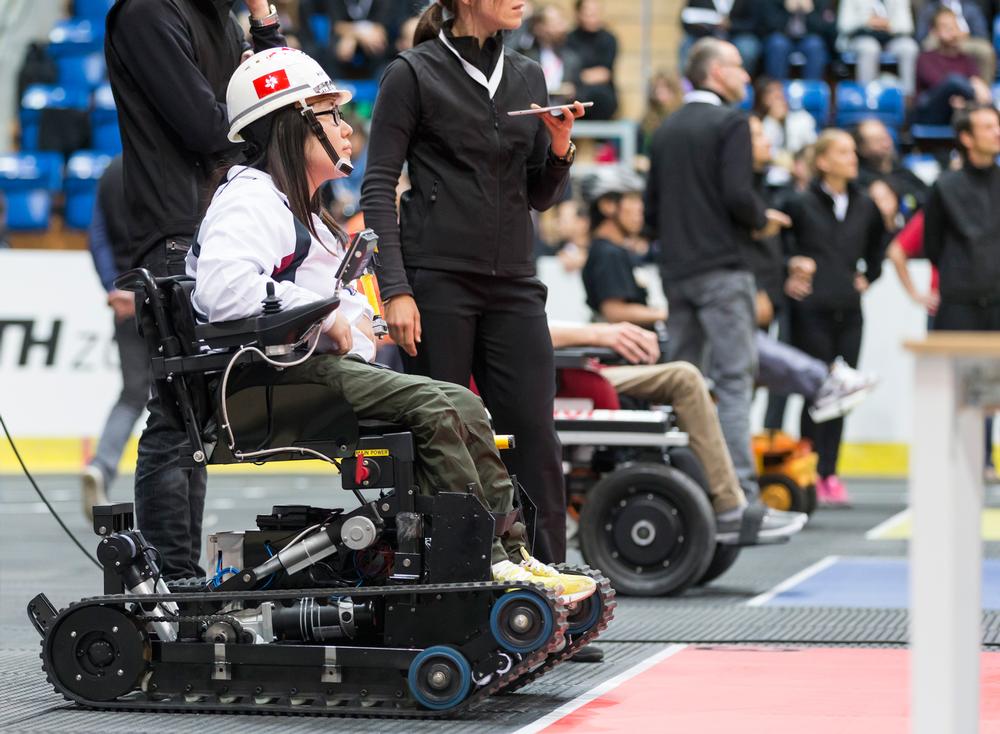
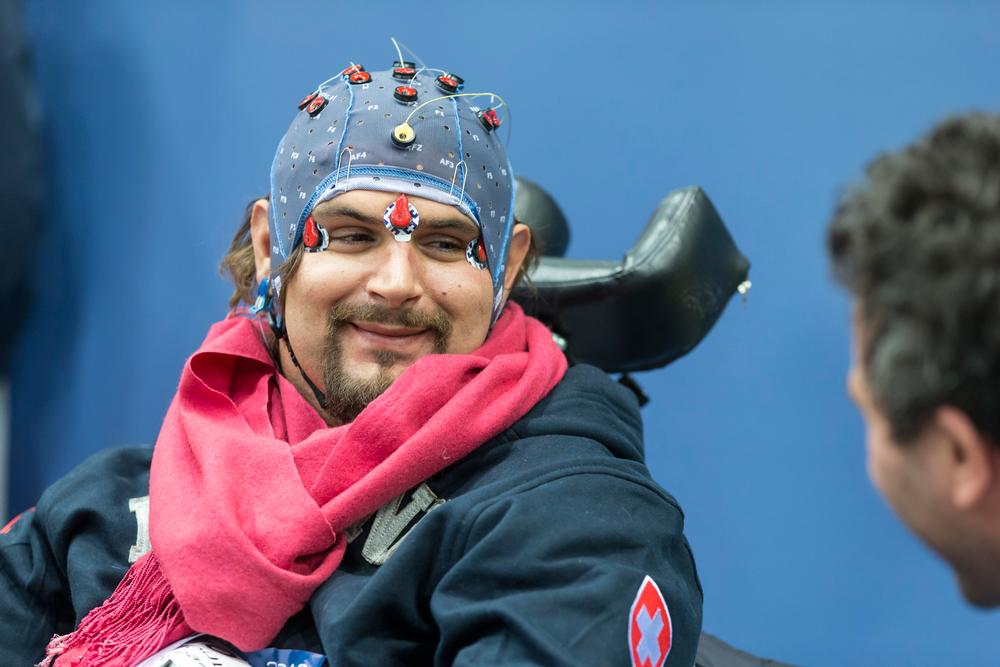
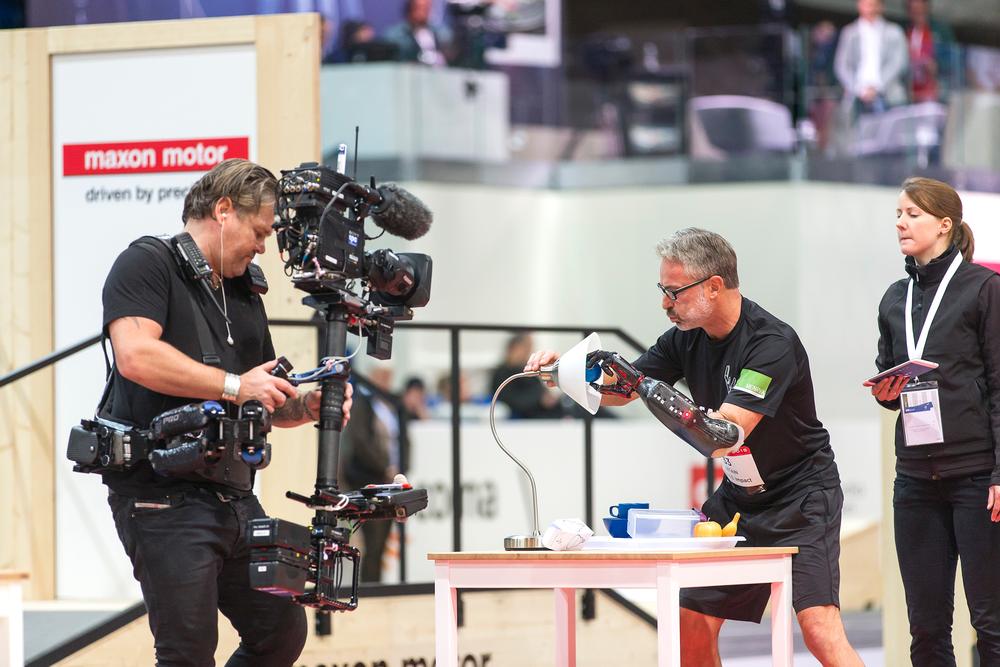
Team Leader (Harrow School Fitness Club)
Centre Manager
Director of Operations
Fitness Motivator
Recreation Assistant/Lifeguard (NPLQ required)
Membership Manager
Recreation Assistant
Swim Teacher
Swim Teacher
Chief Executive Officer, Mount Batten Centre
Swim Teacher
Swimming Teacher
Swimming Teacher
Company profile
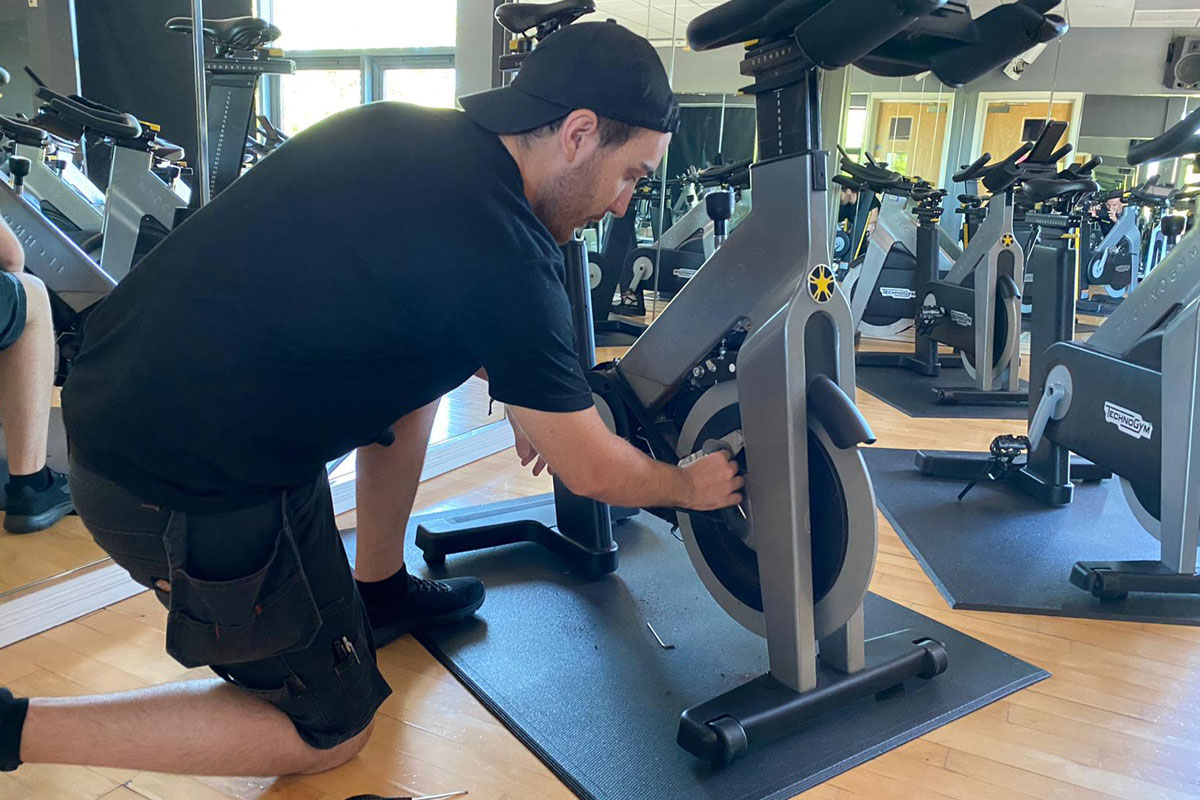
Featured Supplier

Property & Tenders
Company: Knight Frank
Company: Belvoir Castle
Company: AVISON YOUNG
Company: London Borough of Bexley
Company: Forestry England














